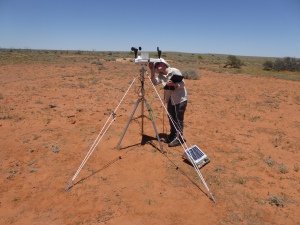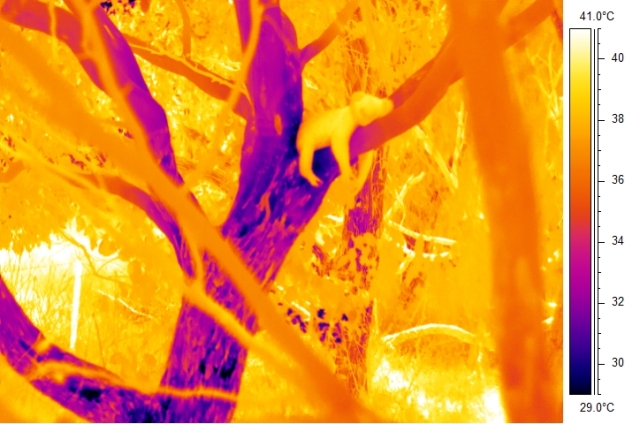
I’m a research fellow in the Quantitative and Applied Ecology Group in the School of Agriculture, Food and Ecosystem Sciences at the University of Melbourne, Australia. My research focuses on how climate and habitat features interact with species traits to influence where they can live. I’m particularly interested in understanding how the behaviour, morphology and physiology of animals influences their sensitivity to climate, and methods for making more robust predictions of species responses to future climate change.
Key areas of research:
Developing and testing process-explicit models of species range dynamics
I have an ongoing interest in building process-explicit models that capture how physiology, demography, dispersal and landscape dynamics influence species’ distributions and abundance. As well as developing new methods, I’m interested in working out which models work best for which problems. Many different approaches have been developed for modelling species distributions. While there is growing awareness that correlative species distribution models are often not reliable for forecasting species responses to future environmental change, there has been limited research comparing how useful alternative process-explicit models are for informing different sorts of conservation and management decisions, and how much data (and collected in which way) we need to ensure that they provide reliable predictions.

Setting up a weather station (during very hot weather!) in arid Australia.
Understanding constraints on species distributions & abundance
Understanding why species occur in one environment and not another is one of the most fundamental question in ecology. And for me, the most fascinating! Much of my research focuses on better understanding constraints on where species can persist – particularly those related to climate. This knowledge is often vital to better managing pest or threatened species. For example, I’ve previously led work identifying refuges used by feral cats during hot, stressful weather in arid areas of Australia and modelling where these refuges are most important to inform management.
Dealing with uncertainty & incomplete trait data in mechanistic niche models
Mechanistic niche models incorporate species’ physiological, morphological, and behavioural traits with information about their microclimates on fine spatial and temporal scales to understand constraints on survival, development, growth, and reproduction. They are powerful tools for forecasting species responses to environmental chance but not widely applied. A key constraint on their use is data availability. To help overcome this challenge I’m researching how much traits vary across and within species, methods for estimating missing trait values, and which traits most influence distribution limits in different types of environments. I’m also interested in methods for identifying and communicating sources of uncertainty in model predictions.
To address these research questions I work on a range of systems, but have a soft spot for arboreal marsupials – particularly koalas. Most of my work combines lab and field work with modelling. For example, I’ve spent countless hours radio-tracking koalas in Victoria and north Queensland to try and understand how they use behaviour to buffer themselves against climate extremes (they seek shade…and hug cool tree trunks!).

A koala hugging a cool tree trunk during very hot weather. This behaviour helps koalas keep cool and lose heat, while also saving water. Photo: Steve Griffiths.
I’ve also measured koala specimens in museums across Australia to quantify geographic variation in traits such as body size and fur depth that influence heat exchange. I used these data to develop a mechanistic niche model that predicts energy and water requirements of koalas under different environmental conditions. This model can be used to predict how koalas will be affected by climate change and identify where they are most likely to persist in the future. I’m now extending this model to account for other factors and processes that also influence koala population dynamics.

Night time koala catching for a study that measured koala energy and water use in northern Queensland. Photo: Sarah Kerr
